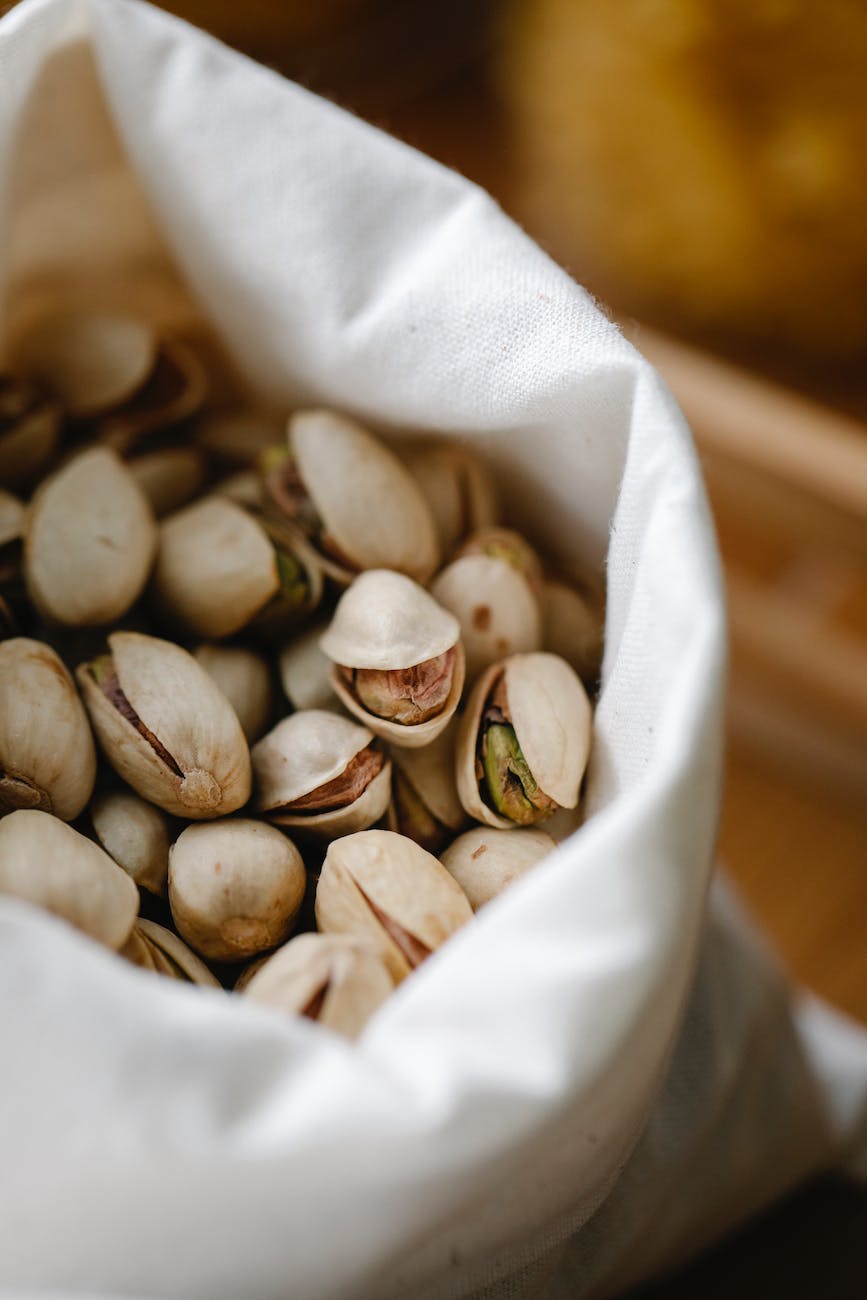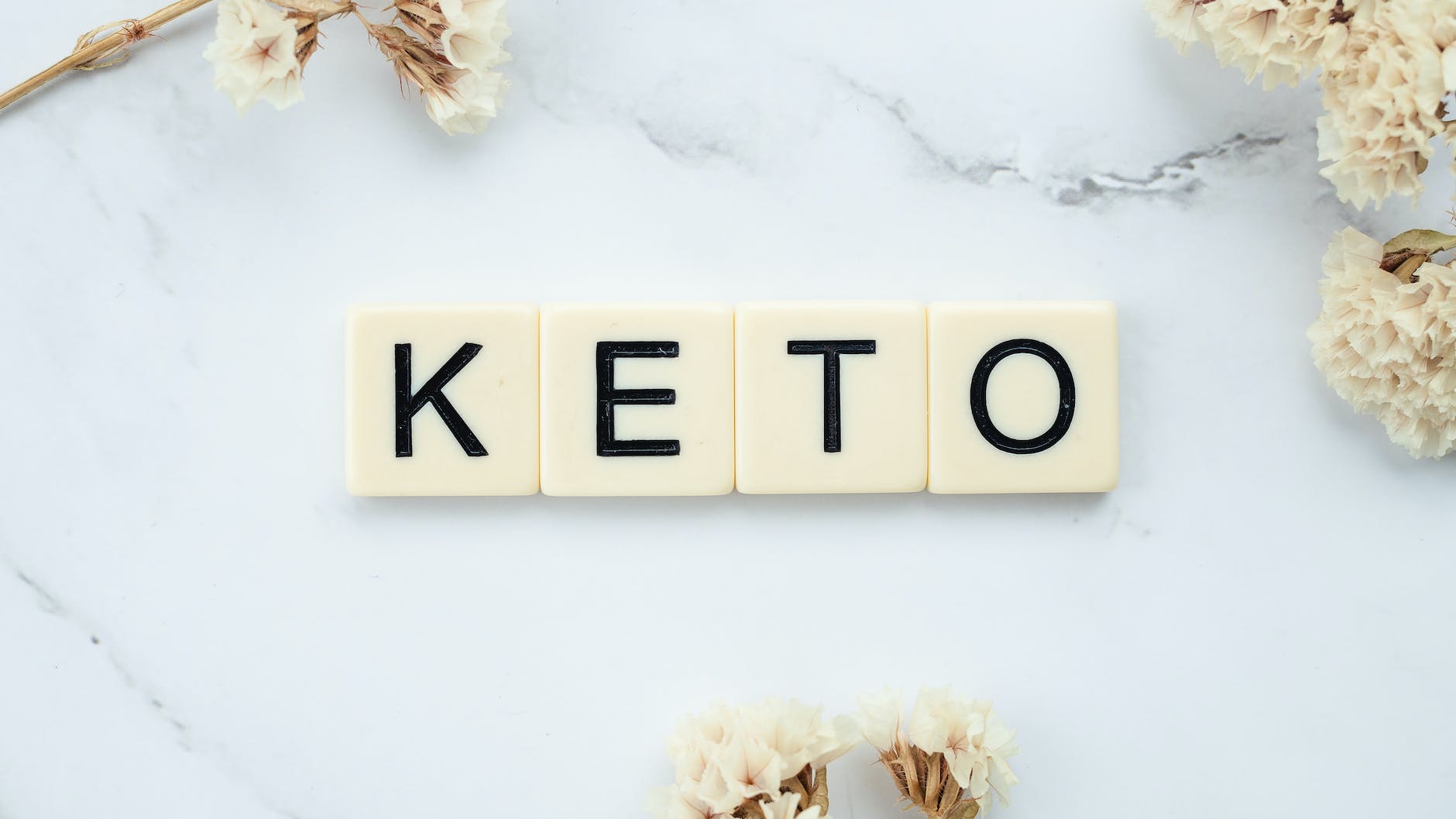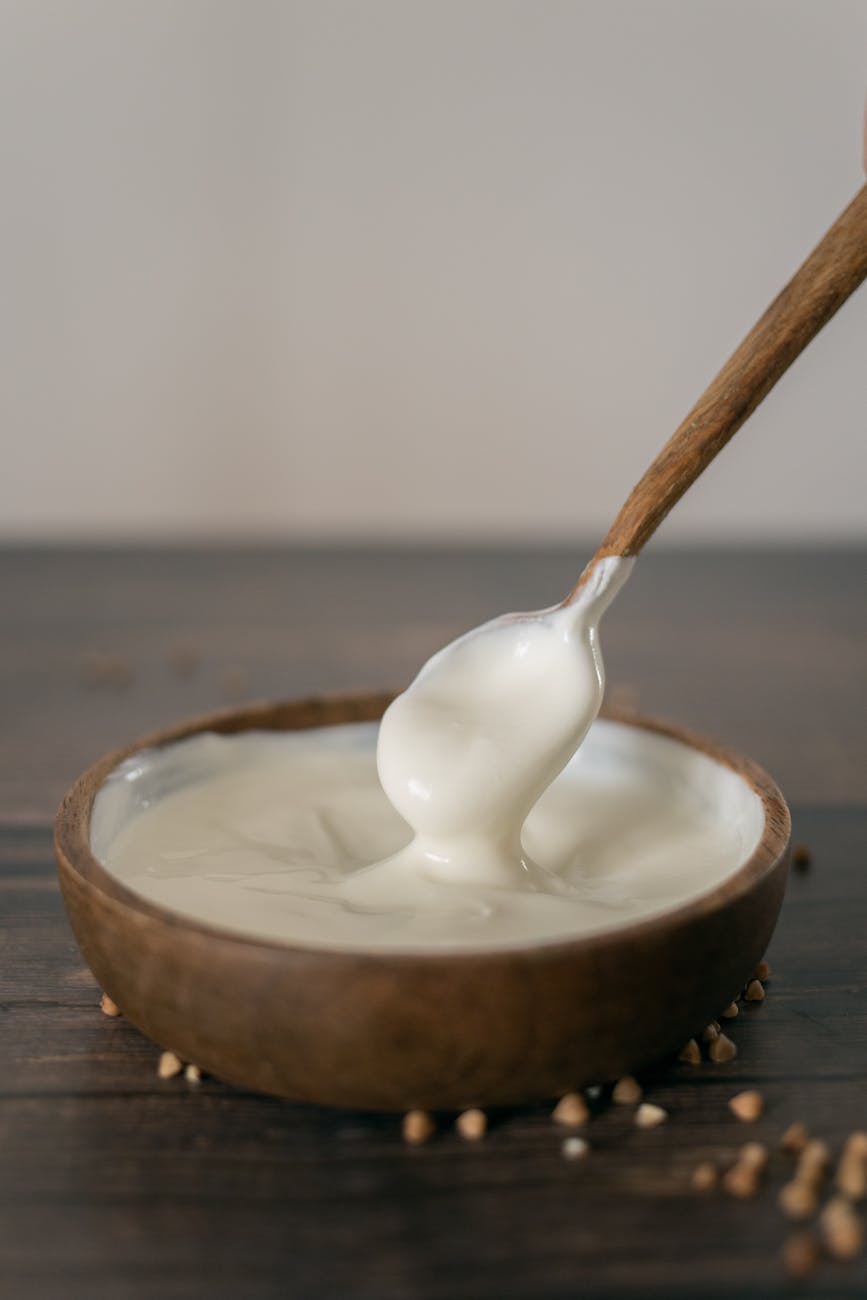
The ketogenic diet, or keto for short, has taken the world by storm. This low-carb, high-fat diet is known for its ability to help people lose weight and improve their health. But, as with any diet, it’s essential to know what foods you can and cannot eat. One food that often comes up in the keto conversation is pistachios. Are they keto-friendly? Can they be included in a keto diet? Let’s dive in and find out! 🏊♀️
Are Pistachios Keto-Friendly? 🤔
Pistachios, like other nuts, are packed with healthy fats and protein, making them a great snack option. But when it comes to the keto diet, it’s not just about the fats and protein; it’s about the carbs. And this is where things can get a bit tricky with pistachios.
According to Wholesome Yum, an ounce of pistachios has a net carb count of 4.7 grams. While this might seem low, it can quickly add up if you’re aiming for an average of 20 net carbs per day on a keto diet. So, while pistachios aren’t exactly keto-unfriendly, they’re not the lowest carb nut out there.
However, Keto Pots suggests that appearances can be deceiving. A significant portion of the carbs in pistachios comes from dietary fiber, which reduces the total net carbs. So, if you’re a fan of pistachios and want to include them in your keto diet, moderation is key.
Pistachios and Keto Meal Replacement Shakes 🥤
Now, let’s talk about keto meal replacement shakes. These shakes are an excellent tool for anyone following a low-carb diet but doesn’t always have time to prepare high-fat, low-carb meals from scratch. They provide all the nutrients you need per meal in one convenient package.
But can you add pistachios to your keto meal replacement shakes? Absolutely! Adding a handful of pistachios to your shake can not only enhance the flavor but also provide a healthy dose of fats and protein. Just remember to keep an eye on the carb count.
5 Meal Replacement Shake Ideas with Pistachios 🥤
Pistachios, with their rich, slightly sweet flavor, are not just a tasty snack. They’re also packed with nutrients and can be a fantastic addition to your ketogenic diet. They provide a good source of healthy fats, are low in carbs, and offer a decent amount of protein, making them a great choice for keto dieters.
Now, let’s dive into some delicious and nutritious shake ideas that incorporate pistachios. These meal replacement shakes are designed to be keto-friendly, providing you with the nutrients you need while helping you stay within your daily carb limit.
1. Classic Pistachio Shake 🥤
For a simple yet tasty shake, the Classic Pistachio Shake is your go-to. Here’s what you need:
- A handful of pistachios
- Unsweetened almond milk
- A scoop of keto-friendly protein powder
- A tablespoon of MCT oil
- A few ice cubes
Blend all these ingredients together, and you’ve got a delicious, keto-friendly shake that’s packed with protein and healthy fats.
2. Pistachio and Spinach Shake 🥬
If you’re looking to incorporate more greens into your diet, the Pistachio and Spinach Shake is a fantastic choice. Here’s how to make it:
- A handful of pistachios
- A handful of fresh spinach
- Unsweetened almond milk
- A scoop of vanilla protein powder
- A tablespoon of flaxseeds
This shake is packed with vitamins and minerals from the spinach and flaxseeds, making it a nutrient-dense choice that’s still low in carbs.
3. Pistachio and Berry Delight 🍓
For a fruity shake that’s high in antioxidants, try the Pistachio and Berry Delight. Here’s what you need:
- A handful of pistachios
- A mix of low-carb berries like raspberries and blueberries
- Unsweetened almond milk
- A scoop of protein powder
- A tablespoon of chia seeds
This shake is a delightful mix of fruity flavors and the rich taste of pistachios, all while being keto-friendly.
4. Chocolate Pistachio Shake 🍫
If you have a sweet tooth, the Chocolate Pistachio Shake is a delicious treat that won’t derail your diet. Here’s how to make it:
- A handful of pistachios
- Unsweetened almond milk
- A scoop of chocolate protein powder
- A tablespoon of cocoa powder
- A dash of stevia
This shake is like a dessert in a glass, satisfying your sweet cravings while keeping you on track with your keto diet.
5. Pistachio and Avocado Shake 🥑
For a creamy and satisfying shake, try the Pistachio and Avocado Shake. Here’s what you need:
- A handful of pistachios
- Half an avocado
- Unsweetened almond milk
- A scoop of vanilla protein powder
- A few ice cubes
This shake is incredibly satisfying, thanks to the creaminess of the avocado. Plus, you’ll get all the added benefits of the healthy fats from the avocado.
Remember, while these shakes are designed to be keto-friendly, it’s essential to keep an eye on the carb count, especially when adding fruits. Enjoy these shakes as part of your balanced keto diet and reap the benefits of the mighty pistachio! 🎉🥑🍓🍫🌱
Frequently Asked Questions (FAQs) 🤔
1. Are pistachios keto-friendly?
Yes, pistachios are keto-friendly. They are low in carbs and high in healthy fats, making them a great choice for those following a ketogenic diet.
2. Can I use pistachios in my meal replacement shakes?
Absolutely! Pistachios can add a delicious flavor and a boost of nutrients to your meal replacement shakes. They’re a great source of protein, healthy fats, and fiber.
3. What are some keto-friendly meal replacement shake ideas with pistachios?
There are many ways to incorporate pistachios into your meal replacement shakes. Some ideas include a Classic Pistachio Shake, a Pistachio and Spinach Shake, a Pistachio and Berry Delight, a Chocolate Pistachio Shake, and a Pistachio and Avocado Shake.
4. Can I have a Chocolate Pistachio Shake on a keto diet?
Yes, you can have a Chocolate Pistachio Shake on a keto diet. Just make sure to use unsweetened cocoa powder and a keto-friendly sweetener like stevia to keep it low in carbs.
5. Is the Pistachio and Avocado Shake good for a keto diet?
Yes, the Pistachio and Avocado Shake is excellent for a keto diet. Avocados are high in healthy fats and fiber, making them a great choice for those following a ketogenic diet. Plus, they add a creamy texture to your shake.
6. Can I add fruits to my keto-friendly pistachio shake?
Yes, you can add fruits to your keto-friendly pistachio shake, but you should choose low-carb fruits like berries. Remember to keep an eye on the carb count to stay within your daily limit.
7. Can I use other nuts instead of pistachios in my keto shake?
Yes, you can use other nuts like almonds or walnuts in your keto shake. However, each type of nut has a different nutrient profile and carb count, so make sure to adjust your portions accordingly.
The Verdict: Pistachios and the Keto Diet 🏛️
So, are pistachios keto-friendly? The answer is yes, but with a caveat. While pistachios are not the lowest carb nut out there, they can still be included in a keto diet in moderation. They’re packed with healthy fats and protein, and their net carb count is lower than it first appears thanks to their high fiber content.
As for keto meal replacement shakes, pistachios can be a great addition. They can enhance the flavor of your shake and provide a healthy dose of fats and protein. Just remember to keep an eye on the carb count.
In conclusion, while pistachios may not be the first food that comes to mind when you think of keto, they can certainly find a place in a well-planned keto diet. So go ahead and enjoy that handful of pistachios — your keto diet can handle it! 🎉
Blog Tags: Keto Diet, Pistachios, Low-Carb Diet, High-Fat Diet, Keto Meal Replacement Shakes, Healthy Snacks, Dietary Fiber, Net Carbs.












